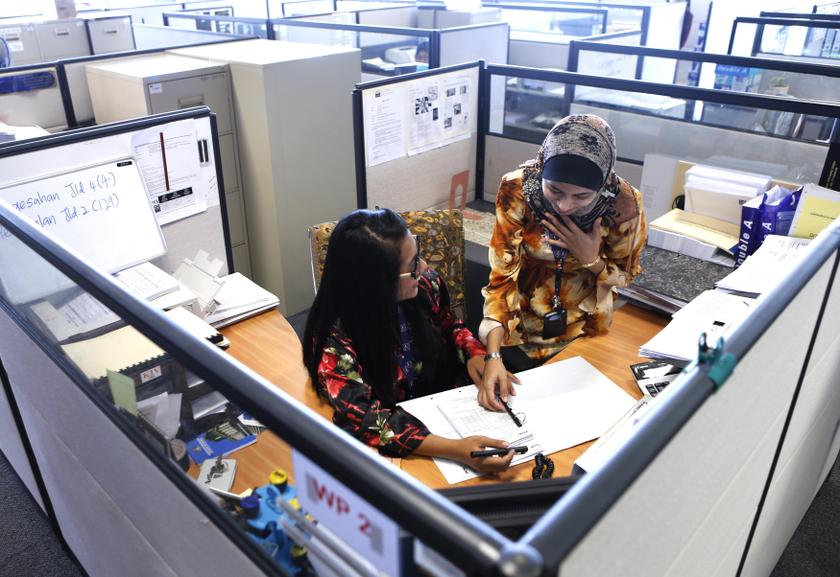KUALA LUMPUR, July 24 — Malaysia needs more family-friendly policies in order to encourage women to return to the workforce, observed the Organisation for Economic Co-operation and Development (OECD) labour economist Marieke Vandeweyer.
In her OECD blog post titled “Offering better labour-market opportunities to all Malaysian women: a win-win strategy”, Vandeweyer pointed out that Malaysia has a bigger gender gap in the labour market when compared to other OECD countries.
Based on the data from the 2019 OECD Economic Survey of Malaysia she said Malaysian labour market suffers from substantial skills imbalances, including shortages in a range of occupations and skills which can be addressed if more women return to work.
“Malaysian women participate much less in the labour market than men, in spite of similar levels of educational attainment. Only 55.2 per cent of working-age women are active in the labour market, compared with 80.4 per cent of men.
“This gap is larger than in OECD countries, where the difference only equals 16 percentage points. In most OECD countries, the gap in participation rates between men and women reaches its peak in the age group of 30 to 39-year-olds, after which it decreases for older age groups.
“In Malaysia, by contrast, the gap significantly increases at the age of 30 to 34, and continues to grow for older age groups,” she pointed out.
Vandeweyer, who works with the OECD Directorate for Employment, Labour and Social Affairs, added that the number suggests that women leave the labour market in their early 30s due to childcare responsibilities and did not return to work after that.
She said despite Putrajaya’s target to increase female labour market participation to 59 per cent by 2020, it had to revise the goal downward to 56.5 per cent due to slow progress.
Vandeweyer said some of the problems facing women returning to the job market include the reluctance of the private sector to hire women of childbearing age due to the fact that the full cost of maternity allowance in Malaysia is covered by the employers.
The current right to maternity leave in the private sector here is below the 14 weeks minimum stipulated in the International Labour Organisation Maternity Protection Convention.
At the same time, limited access to reliable and affordable childcare facilities is a turn off for parents although there are several financial incentives for parents and employers to provide on-site childcare facilities.
She said another obstacle is the limited access to flexible working arrangements which makes life difficult for parents to combine both work and family responsibilities.
Vandeweyer advised that barriers to labour market participation can be reduced by promoting family-friendly policies such as employment-protected paid leave around childbirth and when children are young, subsidised childcare and a statutory right to request flexible work.
“The Malaysian Career Comeback Programme provides tax incentives and training to women returning to work, but also offers grants to employers for implementing or enhancing programmes or campaigns to recruit women returnees and for hiring and retaining women returnees.
“More efforts like these are needed to help women (re-)enter the labour market and ensure that their skills are put to good use,” said Vandeweyer.



















